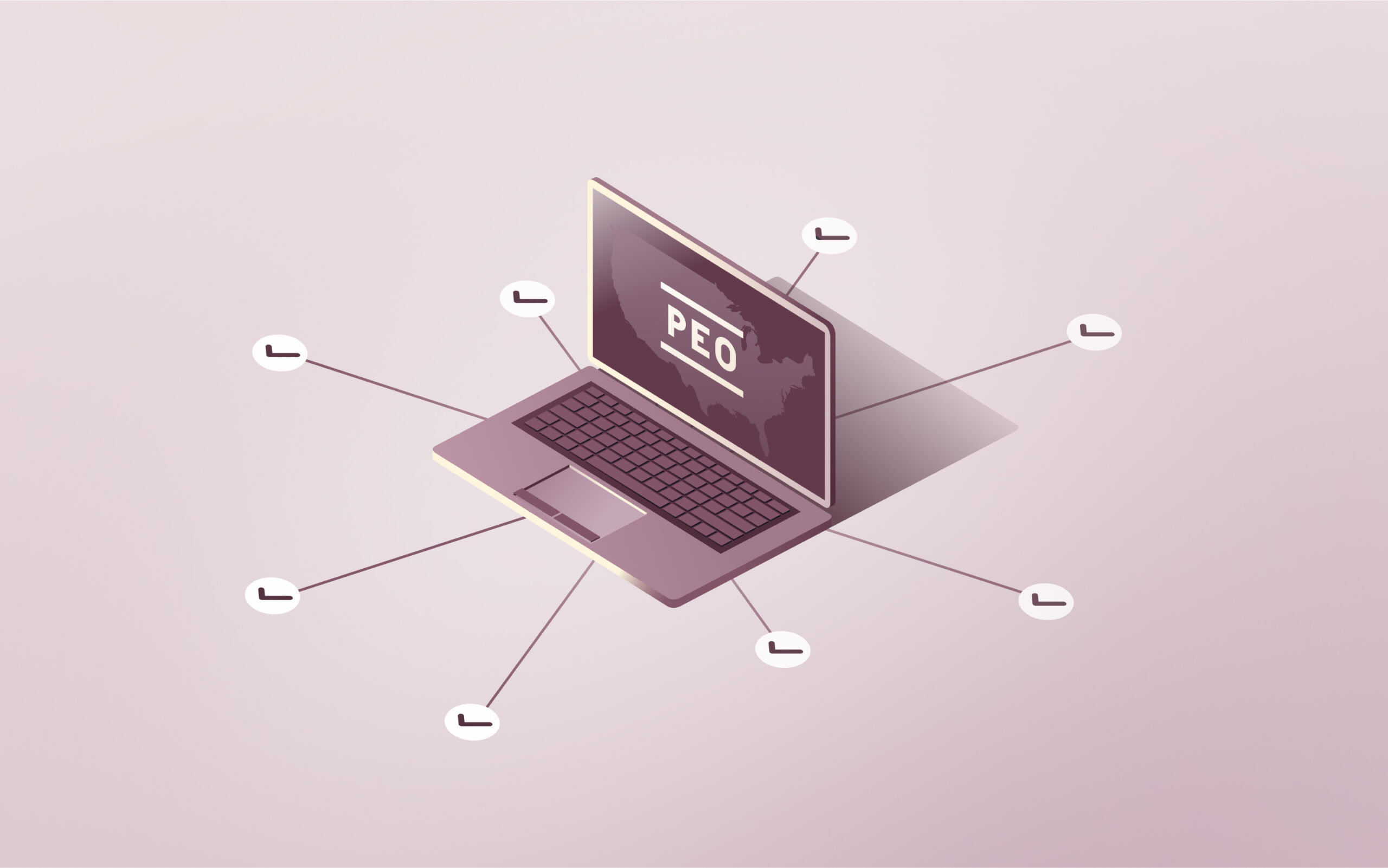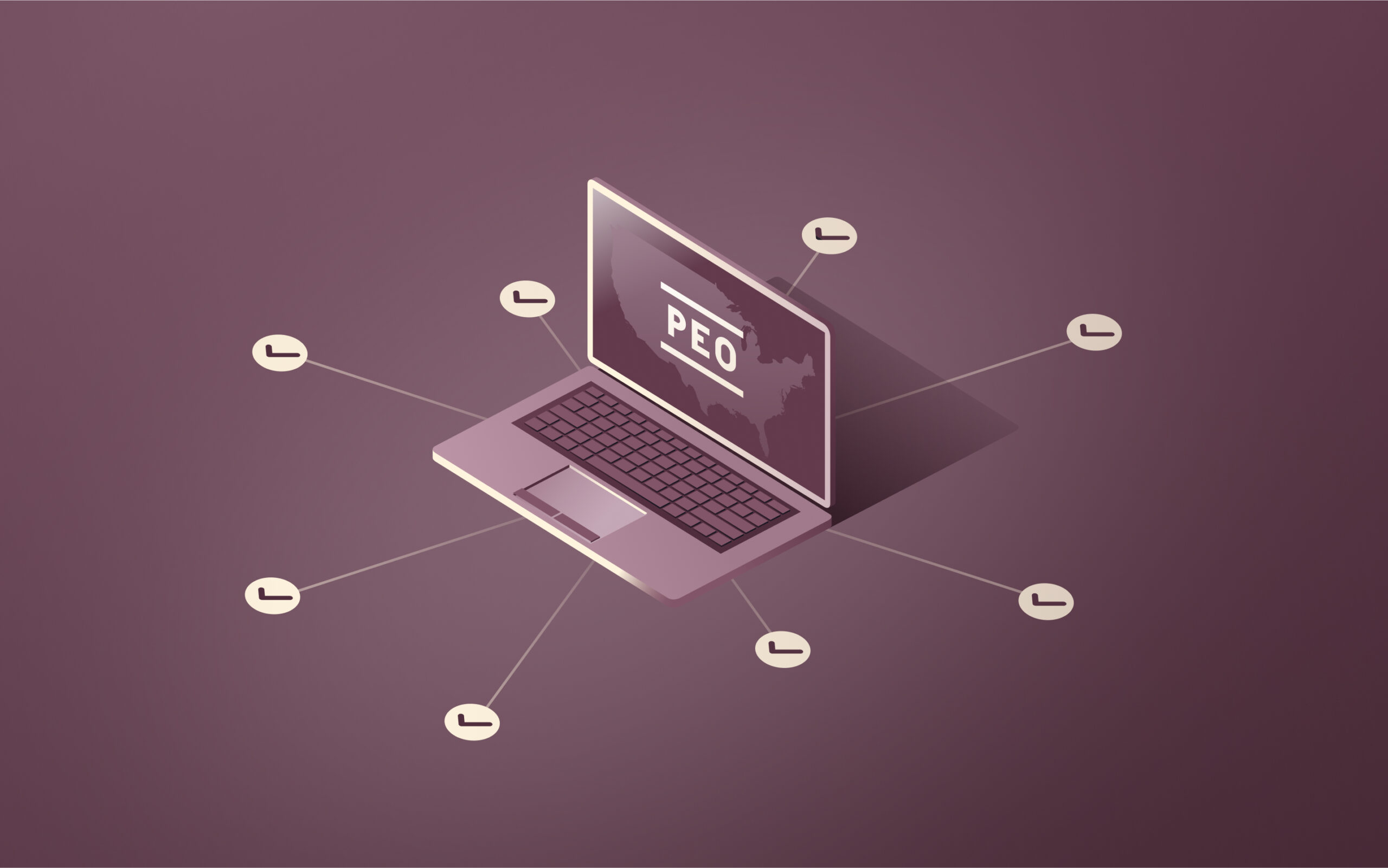How much does a PEO cost? PEO pricing guide

From automating payroll to managing regulatory compliance to overseeing benefits administration, partnering with a professional employer organization (PEO) opens up a world of possibilities for streamlining your HR operations and increasing efficiency. If your team struggles under the administrative burden of routine tasks at the expense of developing strategies, managing growth, or developing meaningful initiatives, a PEO might be the solution you need.
Before committing, however, it’s important to understand how PEOs price their services so you can evaluate your available options. Finding the right balance of cost and savings requires a comprehensive examination of your business, unique people ops challenges, and budget.
How does PEO pricing work?
While PEOs typically offer pricing specific to the services you need, the majority of packages will follow one of two models:
- A flat fee per employee. Your business pays a set monthly fee for each employee handled by the PEO, with the amount depending on the range and complexity of services.
- A percentage of payroll. Your business pays a fee equivalent to a percentage of your total payroll. The percentage will vary depending on the number of employees and the complexity of services provided by the PEO.
What fees are you paying when outsourcing HR to a PEO?
When you partner with a PEO for support with your business’ HR functions, the fee your business pays covers a number of different functions, including:
- Implementation. This covers the cost of onboarding your business to the PEO and includes training, employee orientation, technology setup, and initial consultations.
- Administration. This portion of the fee covers the costs of managing recurring HR tasks like payroll compliance and benefits administration.
- Optional services. If your PEO package incorporates additional services, such as recruiting, accounting, or strategic consulting, a portion of your payment will compensate the PEO for these add-ons.
- Support. This covers the costs associated with providing ongoing technical or customer support over the course of your relationship with the PEO.
How much does a PEO cost?
Companies can expect to pay between $500 and $1,500 per employee per year for a PEO, or between 2% and 12% of wages.
The specific cost of your package will, of course, depend on the level of service you require and your headcount. If you plan to outsource straightforward HR tasks like payroll or benefits administration, you can expect to pay less than if you also receive help with employee training, workers’ compensation, or technology services.
Do PEOs save money?
Partnering with a PEO can lead to significant savings. Not only will you potentially pay less for basic HR administrative functions than you would to complete them in-house, but you’ll also free up valuable time for your team to devote to substantive tasks.
- Reduced administrative costs. Outsourcing some or all of your HR team’s administrative tasks to a PEO means a leaner in-house team.
- Improved efficiency. Working with a PEO can streamline your entire operation, giving you more time and resources to devote to core business activities.
- Enhanced compliance. Relying on a PEO's expertise for compliance minimizes the risk of missed deadlines, incorrect filings, and penalties.
- Improved employee retention. Offering your employees a broader selection of competitively priced benefits can help attract, motivate, and retain top talent.
The specific cost-savings associated with a PEO will vary for every business, and it’s important to analyze your company’s needs carefully when evaluating potential service bundles. According to a 2019 study by the National Association of Professional Employer Organizations (NAPEO), companies with PEOs got an annual cost savings ROI of 27.2%. An ROI of 27.2% means that for every $1,000 spent on PEO services, an average client would save $1,272, yielding a net (cost savings) benefit of $272 for every $1,000 spent.
Transform your HR management with Rippling’s PEO
Rippling's PEO services provide your employees with the support and services they need while you focus on growing your business. The all-in-one system uses natively-built technology to centralize and automate critical tasks like payroll, compliance, and benefits management through a unified platform.
With Rippling PEO’s centralized HR, IT, and Finance solution, your business benefits from:
- Access to high-quality benefit plans at below-average renewal rates
- Automated risk-management processes, including training modules and digital posters
- Automated compliance alerts and action plans for potential issues
- Customized reporting on the data most relevant to your business, no coding required
Frequently asked questions
What is a PEO?
A professional employer organization, usually called a ‘PEO,’ partners with small or mid-sized companies to provide specialized HR administrative services and compliance support. As a co-employer working alongside your business, the PEO takes responsibility for specific HR functions, such as the provision and administration of benefits, payroll processing, and the remittance and reporting of payroll taxes. It does not, however, act as an ‘employer of record’ for the company’s employees.
What are the differences between a PEO and Rippling HR Services?
Rippling HR Services and a PEO both help you grow your business by reducing the administrative burden associated with HR, but do so in slightly different ways. Rippling HR Services can take over many day-to-day tasks but doesn’t sponsor benefits programs, process payroll itself, or act as a co-employer. A PEO, on the other hand, will take on these functions and share your compliance risk.
H3: How can I evaluate if PEO is cost-effective for my business?
To understand whether a PEO makes sense for your company, consider the size of your business , the types of tasks you’d like to outsource, and the amount of control you’re willing to relinquish. A PEO acts as your co-employer, which means it takes responsibility for some HR functions, like benefits administration, workers’ compensation, and payroll processing. If you’re looking for help managing daily administrative tasks associated with HR, Rippling HR Services might better suit your needs.
This blog is based on information available to Rippling as of August 8, 2024.
Disclaimer: Rippling and its affiliates do not provide tax, accounting, or legal advice. This material has been prepared for informational purposes only, and is not intended to provide or be relied on for tax, accounting, or legal advice. You should consult your own tax, accounting, and legal advisors before engaging in any related activities or transactions.








